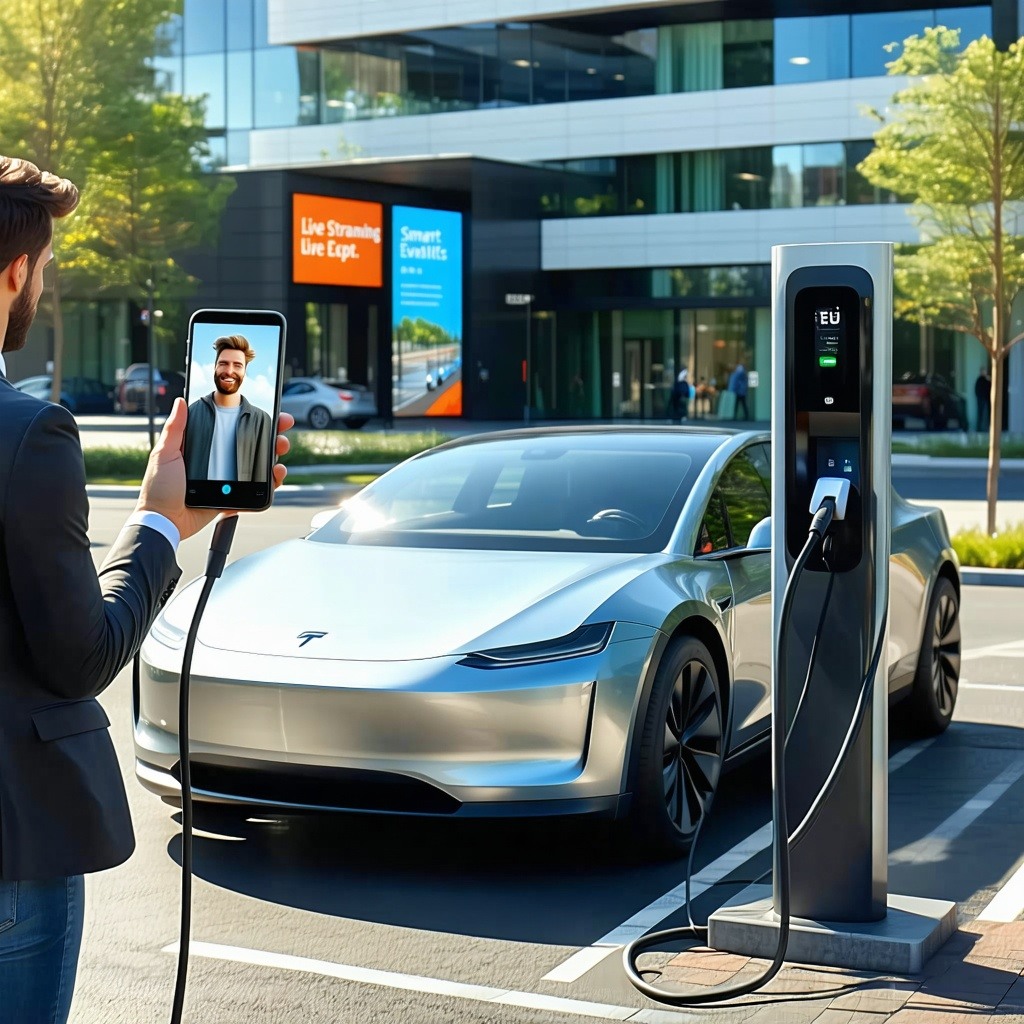How Age-Inclusive Is Your Customer Support?
According to the CDC, 40 percent of adults 65 and older have some kind of disability, including hearing impairments and visual impairments. On top of that, older adults tend to be less tech-savvy than younger, “digital native” generations and more susceptible to transmissible diseases.
These realities have significant implications for anyone running a customer support center, especially during a global pandemic: to deliver inclusive, accessible customer service, you must provide services that work for older customers. Here are three considerations as you evaluate the accessibility of your customer support center.
1. Customer Service for People with Hearing Impairments
Among adults 70 and older, fewer than one in three who could benefit from using a hearing aid actually uses one. Many people in this group acquired hearing loss at some point – whether through exposure to loud noises, as the result of an unrelated condition, or because of something else.
They may not have access to services like TTY telephones and other assistive technology that those with more severe hearing loss and deafness use. Because of this, it’s important that customer service providers make their communication tools as accessible as possible.
Video call technology, for example, makes it possible to add visual communication to a typical customer service call. Rather than repeating themselves over and over for a customer who has difficulty hearing, a customer care agent can launch a video call, instruct the caller to point their camera at the problem they’re calling about, and use AR markup tools to indicate how the customer should address the issue.
2. Tech-Forward Customer Service that Doesn’t Require Tech Savviness
These days, most Americans own a smartphone or a tablet, including…
- 93 percent of Millennials.
- 90 percent of Gen Xers.
- 68 percent of Baby Boomers.
- 40 percent of the Silent Generation.
That’s good news for customer service solutions like video calls, which require a smartphone or tablet to work.
The specific way video-powered customer service works, though, determines how accessible it is. A solution that requires users to download an app, for example, requires more tech-savviness than one that can launch a call with a link sent via SMS or email.
If a customer doesn’t know how to access the app store, doesn’t remember their password, or doesn’t download new apps for security reasons, they won’t be able to use the app-based video solution.
Another consideration: once the video support call is launched, all technical maneuvering (zooming, flashlight activation, screenshots, text extraction, etc.) should be handled by the agent rather than the customer. This keeps the solution accessible by requiring only that the customer have a phone and point its camera to their problem.
3. Effective Remote Customer Service
It’s also important to note that, to actually help older customers, accessible customer service solutions must also consistently deliver effective issue resolution. A video communication app that can’t accurately identify a customer’s problem doesn't help anyone.
In the context of older adults specifically, effective customer service must take into account two things:
- The ability to resolve issues via self-service: We’re in an ongoing global pandemic, and older adults have a higher risk of illness and negative health outcomes when they get sick. The best customer care solutions are ones that enable older customers to self-serve so that you don’t have to send a technician into their home, potentially putting them at risk of infection.
- The ability to resolve issues quickly (especially in telecoms): Since the start of the pandemic, many older adults (and others who are particularly vulnerable to COVID-19) have relied on their internet connection and tech devices (phones, computers, tablets, etc.) to stay in contact with their loved ones. Restoring functionality quickly is essential to helping them maintain these relationships, which are a crucial part of overall wellness. They may also rely on the internet for other essential tasks, like ordering groceries, clothes, and household necessities.
The solutions most likely to deliver effective service are those that are accessible to older adults in the ways outlined above.
Accessible Customer Service Benefits Everyone
Just as accessibility in design can benefit everyone – even people without disabilities – ensuring accessibility in your customer care center can benefit everyone you serve by making it easier for agents to communicate with customers and therefore reducing the time it takes to resolve issues.
App-free video customer support, which Blitzz delivers, can be a powerful part of providing accessible solutions to your customers. For insight into how Blitzz delivers a streamlined, accessible experience, watch this demo.




